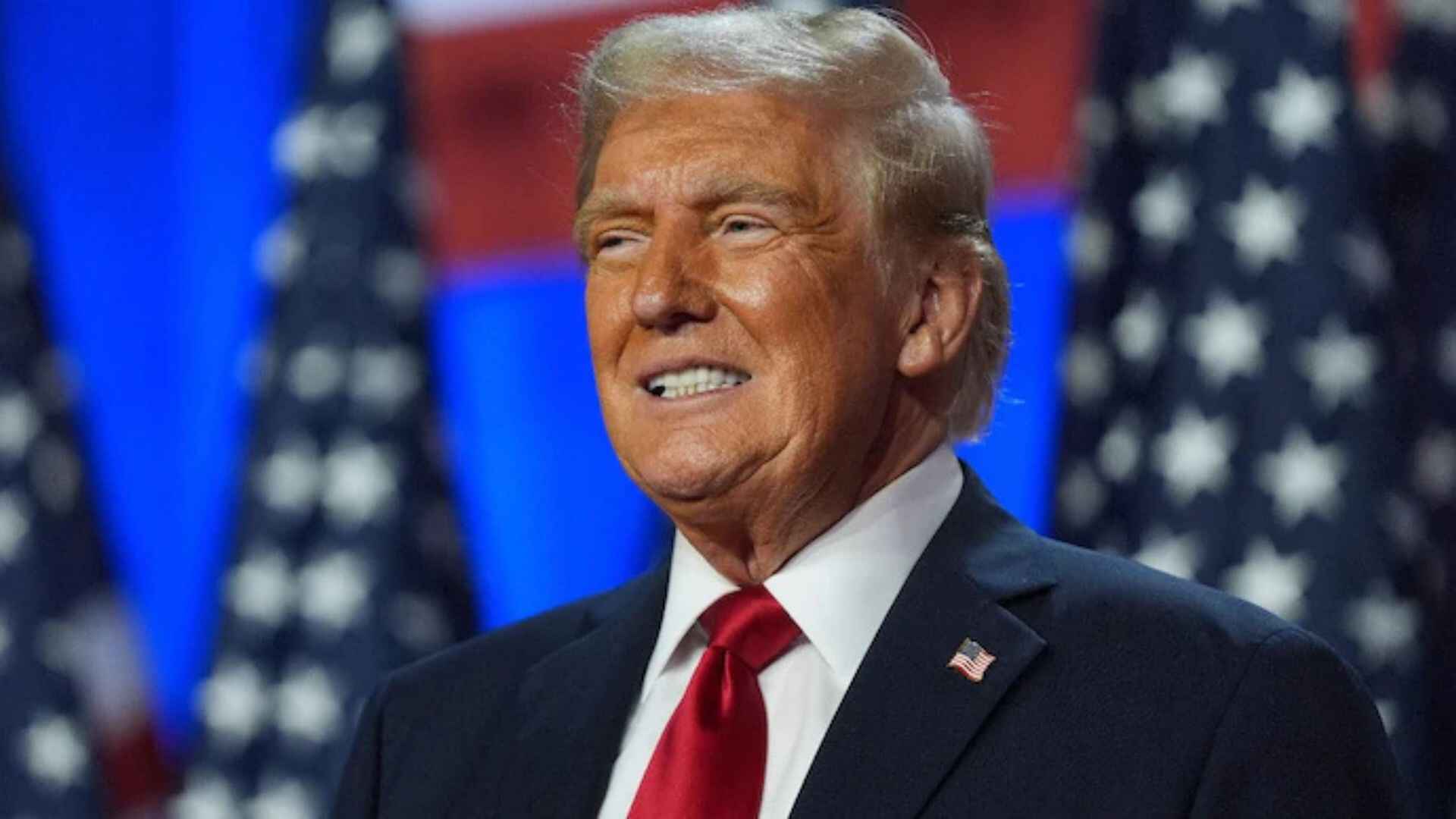A rich, traditional nation like India which is completely obsessed with tea, there is a new wave of tea culture which is not just sweeping the nation off its feet but is also keeping the tea spirit of India alive. Bubble tea which is also popularly known as boba tea or pearl milk tea has taken the Indian taste palette by storm, capturing the hearts as well as tastebuds of nationwide. This trendy drink which originated in Taiwan in the 1980s has now become a symbol of modern creativity, and a fusion of flavours in the diverse landscape of Indian tea consumption.
The Rise of Bubble Tea in India
India is traditionally known to be a tea-drinking nation that has recently gained bubble tea popularity. According to Precedence research, the bubble tea market in India is expected to grow at a CAGR of 14.6% between 2023 and 2029. What makes bubble tea different from conventional tea is its unique combination of tea, milk and chewy tapioca pearls. The beverage is served cold, making it a refreshing alternative in a country like India which is known for its scorching heat.
One of the major reasons behind such a rapid rise of bubble tea is its ability to adapt to local tastes. While traditional tea flavours like green tea, black tea and milk tea remain popular, the Indian bubble tea shops have embraced multiple innovative and exotic flavours. Bubble tea shops are constantly experimenting with their flavours. From mango and cardamom to rose the bubble tea shops are creating blends that resonate with the diverse palates of Indian consumers.
How to Drink Bubble Tea?
This popular Taiwanese tea includes tea, milk, sugar, and tapioca pearls. In order to mix all the ingredients well, the tea is stirred. The tapioca pearls provide a chewy texture to the drink because of the jelly-type bubbles that you will find at the bottom of the tea which are typically sucked up through a wide straw. This tea is served cold and has a minty and refreshing tone to each of its flavours.
Impact on the Economy and Businesses
Bubble tea has not only revitalized the Indian tea industry but has also hugely contributed to the growth of businesses. Over the years numerous small and independent bubble tea shops have created new opportunities for local entrepreneurs to showcase their creativity and culinary skills. This not only serves them a platform to present their diverse tea flavours but also contributes to the local economy by offering employment opportunities.
The Lively Bubble Tea Experience
Bubble tea’s success in India is not only about its ability to offer diverse flavours but also about the experience it provides. The chewy tapioca pearls add a playful and tactile dimension to the act of drinking tea. The sucking sound that comes when you suck the last bits of the tea has become a part of enjoyment for people. It creates a multisensory experience for people that goes beyond the traditional tea-drinking routine. That’s not all, bubble tea offers numerous customisation options which allow customers to choose their tea as per their toppings, flavour and sweetness level. This level of personalization makes bubbles preferable to the traditional cup of tea.
Conclusion
Bubble tea’s journey in India has now become an emotion. It represents the evolving landscape of tea consumption in the country. By smoothly blending the tradition with innovation this new boba drink has managed to capture the attention of a nation that holds its tea culture close to its heart. As the bubble tea craze continues to brew, it not only keeps the tea spirit alive but also propels it into a dynamic and exciting future.
The author is the co-founder of The Tea Planet.







